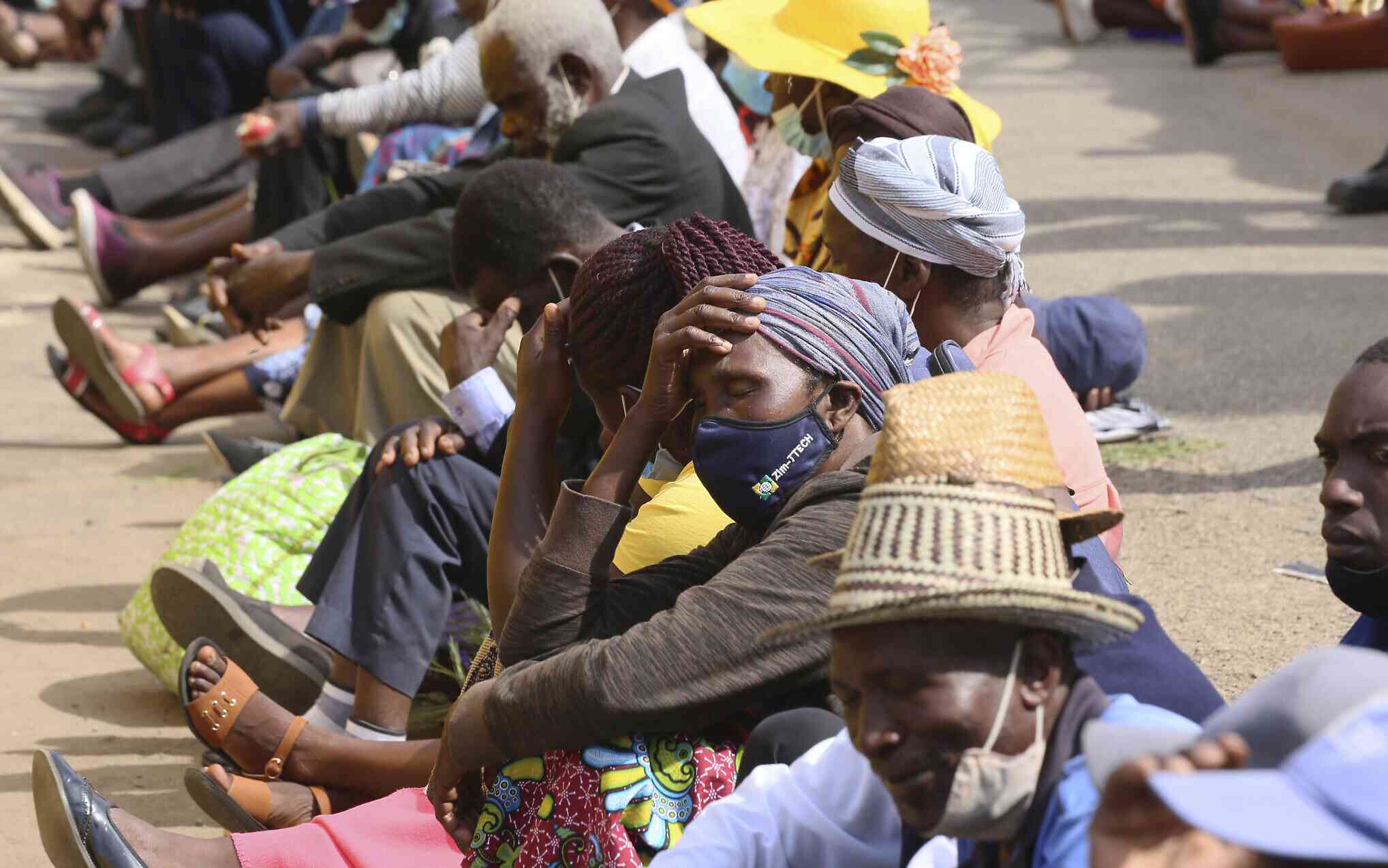
THE Zimbabwe National Statistics Agency (ZimStat) says the total consumption poverty line (TCPL) for the month of November increased 9,5% to ZWL$115,090.00 for an individual from ZWL$105,071.98 in October amid a rise in prices.
The TCPL represents the minimum total income needed for an individual not to be deemed poor.
In the same month, the food poverty line increased 9% to ZWL87 756 from the October figure of ZWL80 512.
The food poverty line essentially represents the amount of money that an individual requires to afford daily minimum energy intake of 2 100 calories.
Presenting at the November 2023, Monthly Statistics Dissemination Webinar, ZimStat acting director-general Mationera Phiri said for one not to be deemed poor they now need ZWL$115 090 to purchase food and non-food commodities per month.
“The total consumption poverty line for November stood at ZWL$87 750 per person. This means that an individual require that much to purchase both food and non-food items as of November 2023 in order not to be deemed poor,” said Phiri.
Data availed by ZimStat showed that the consumer price index for November 2023 was 108,13 down from 103,44 the previous month while month-on-month inflation increased by 2 percentage points to close the month at 4,5% from 2,5% in October.
The year on year inflation rate for the month of November as measured by all items consumer price index stood at 21, 6% an increase from 17, 8% in October 2023.
- Feature: The inevitable return of the greenback
- Econet introduces ‘Smart US Dollar bundles’
- Thousands flee economic mess
- ZimStat undertakes to pay enumerators
Keep Reading
“The consumer price index was 108,13 in November 2023 and 103,44 in October 2023. In November 2022 the index was 88,91.The month-on-month inflation rate was 4,5% in November 2023, gaining 2 percentage points on the October 2023 rate of 2,5%. This means that prices as measured by the all- items consumer price index, increased by an average of 4,5% between October 2023 and November 2023. The month-on-month inflation rate is given by the percentage change in the price index of the reference month of the current year compared with the index of the previous month in the same year,” said ZimStat.
This is coming at a time Zimbabwe’s economy has remained volatile with businesses and service providers in forward pricing to hedge against losses.
The local currency is on a free-fall and is trading at US$1 to just over ZWL$5 500 using the official rate and at least ZWL$7 500 to ZWL$8 000 at the parallel market.
At the end of October, the government extended the multicurrency regime to December 2030, allowing for the continued use of the US dollar in the economy.
Retail shops are now exclusively charging in foreign currency, and with most workers earning in the Zimdollar most of them being forced to buy the greenback on the parallel market at a premium.
ZimStat data further showed that major categories of the consumer basket which include housing and utilities were at 2,5%, a decrease from 5% recorded in October, while food and non-food stood at 1, 5%.







